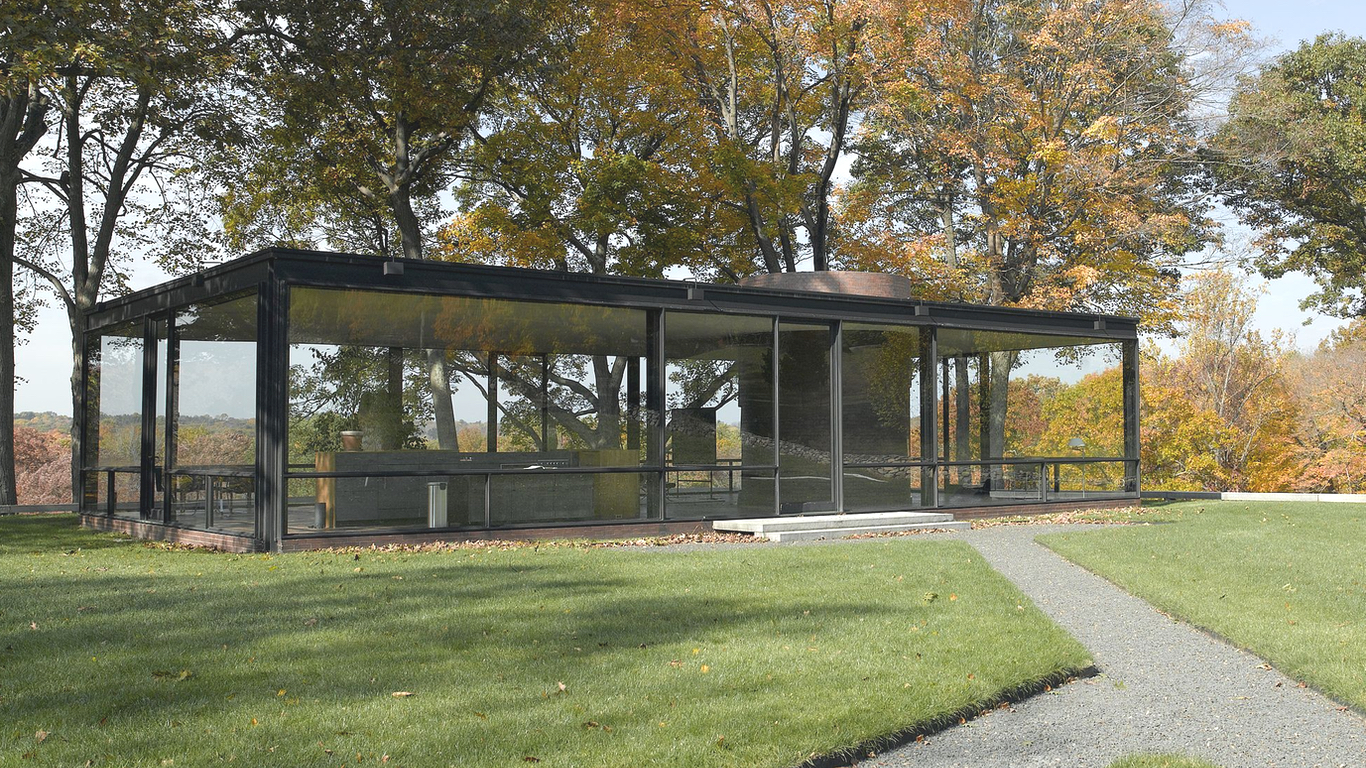
Philip Johnson (1906–2005) was a pioneering American architect and influential figure in 20th-century architecture. He studied at Harvard and co-founded the Department of Architecture and Design at the Museum of Modern Art (MoMA) in New York, where he helped introduce modernist architecture to American audiences. Johnson gained early prominence as a curator and critic before turning to architectural practice. His landmark 1949 design of the Glass House in New Canaan, Connecticut—a transparent structure inspired by Mies van der Rohe—cemented his status as a leading voice in modernism. Throughout his long career, Johnson demonstrated a chameleon-like ability to evolve stylistically, from sleek modernism to bold postmodernism.
In the latter half of his career, Johnson embraced postmodern design, most famously with his AT&T Building (now 550 Madison Avenue) in New York, completed in 1984. This skyscraper, with its distinctive Chippendale-inspired top, marked a break from the minimalist International Style and helped usher in a new architectural sensibility. Johnson’s influence extended beyond his buildings: he mentored younger architects like Peter Eisenman and Rem Koolhaas, shaping the discourse of contemporary architecture. Though his legacy is complicated by early associations with fascist ideology in the 1930s, views he later renounced, Johnson remains a central and provocative figure in American architectural history.
Select Projects:
Glass House, New Canaan CT
Pavilion In The Pond, New Canaan CT
Seagram Building, NY NY (With Mies van der Rohe)
Pennzoil Place, Houston TX
Sheldon Museum Of Art, Lincoln NE
Fort Worth Water Gardens, Fort Worth TX
Kreeger Museum, Washington DC
Crystal Cathedral, Garden Grove CA
Art Museum Of South Texas, Corpus Christi TX
550 Madison Avenue, NY NY
Pittsburgh Plate Glass Place, Pittsburg PA
New York State Pavilion, NY NY
The Lipstick Building, NY NY
191 Peachtree Tower, Atlanta GA
Da Monsta, New Canaan CT
Urban Glass House, NY NY
More Reading:
The Glass House
Philip Johnson The Man Who Made Architecture Amoral
The Most Influential And most Detested Architect of The Modern Age